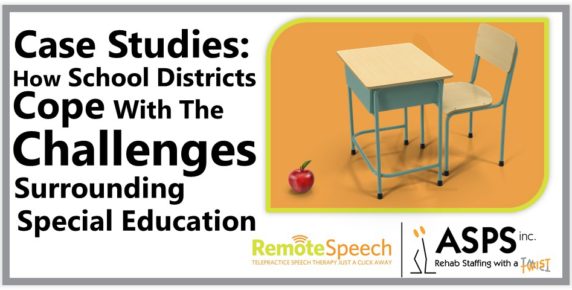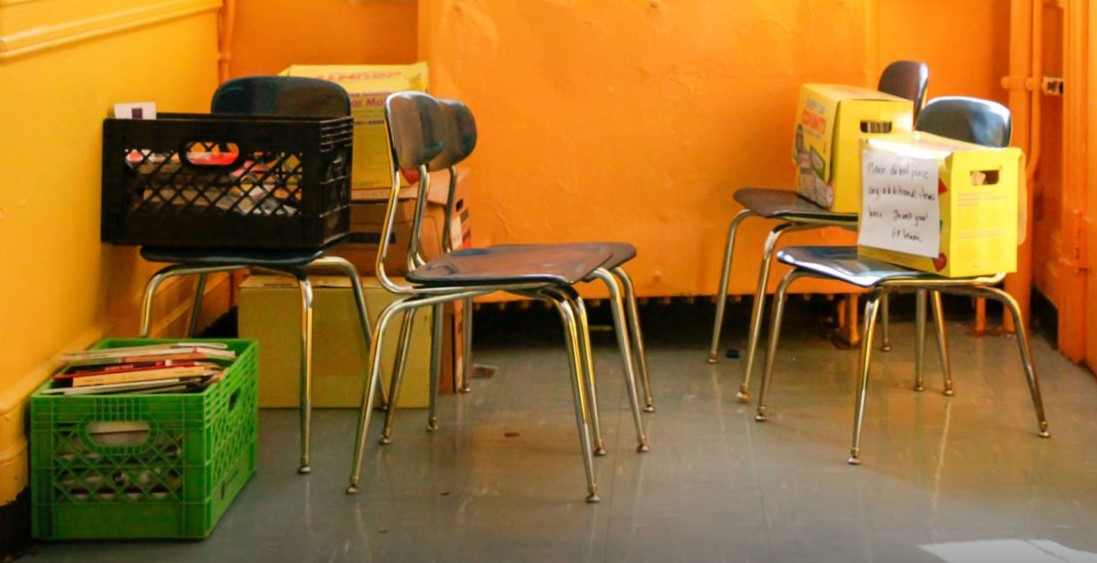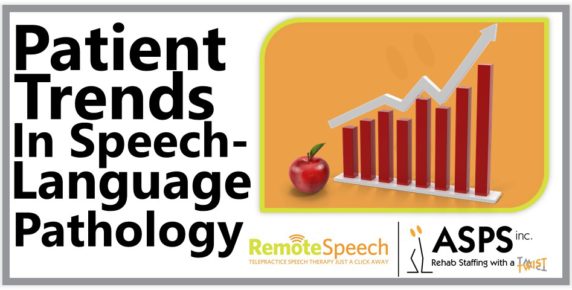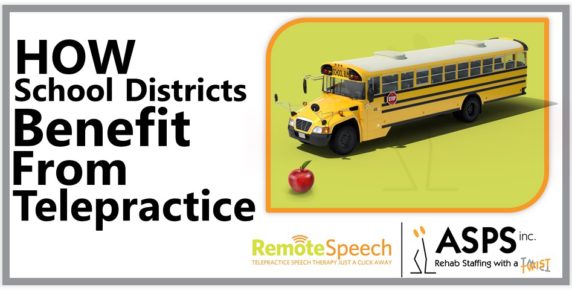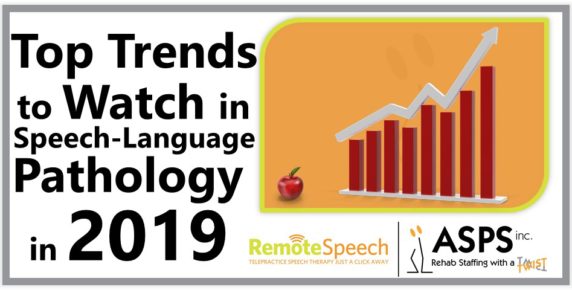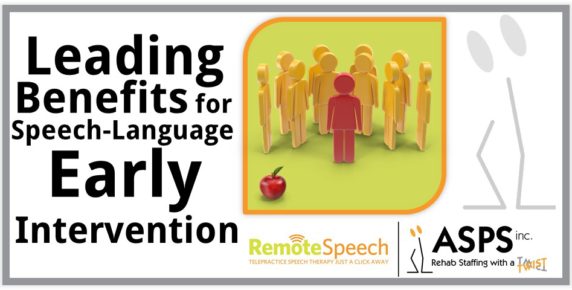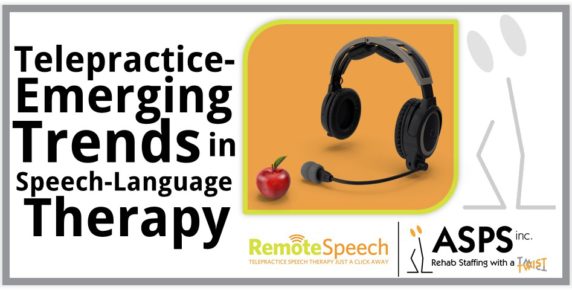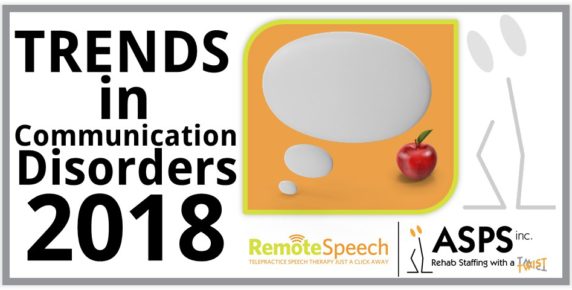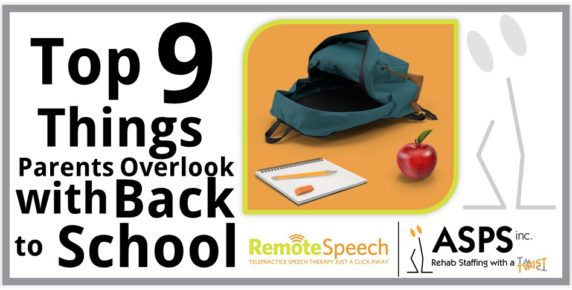Speech-Language Pathology plays a vital role in an individual’s ability to effectively communicate with the world around them; a practice that plays an integral role in a child’s development. Nowhere is this more evident than in the School Districts across our nation. In this discussion, we will look at three school districts that are taking an active role in combatting the challenges that their districts face with regard to special education. In each case, we will examine the problems, causes, solutions proposed and the dedicated staff leading the charge to introduce better solutions for special education.
Case Study:
AURORA SCHOOL DISTRICT
Location: Aurora Colorado
Summary:
The Aurora School District released a performance report on a pilot bonus incentive program for hard to fill positions, with mixed reviews, pushback and unforeseen results.
Problem:
The Aurora school district has struggled with “hard-to-staff” positions such as nurses, occupational therapists, and speech-language pathologists.
Proposed Solution:
A Pilot Bonus System was launched to offer incentives for new staffing opportunities.
Initially, Superintendent Rico Munn said he had hoped the pilot bonus system would help the district attract more candidates, fill more vacancies, and retain more employees.
Criticism:
Bruce Wilcox, president of Aurora’s teachers’ union, stated: “For some, maybe money was enough to lure them in, but will it be enough to lure them in over a period of time? Money’s nice and every teacher needs it, let’s be honest, but is it enough to make you continue to work if the leadership and culture aren’t there?”
Program Challenges:
Challenges within the program have been recognized and outlined in a report that district staff presented to the Aurora school board. The report outlined the findings from the pilot program, with mixed reviews.
Unforeseen Challenges:
-The program has been further complicated by its founders’ failure to gain approval from The Aurora’s teachers union
-A recent strike by Denver teachers has initiated questions on a State and National level, regarding structured bonus incentives, with some arguing that the bonuses would be better used toward base pay.
For Further Reading:
2018-19 Recruitment and Retention Pilot DMR Initial Report February 2019
An update on overall strategies to improve teacher recruitment and retention.
_____________________________________________________
Case Study:
HOLLISTER SCHOOL DISTRICT
Location: Hollister, California
Summary:
On January 8, 2019, a report was delivered to the school board of the Hollister School District, to address the state of the district’s special education department. The report unearthed numerous deficiencies and issues of noncompliance in Hollister’s special education program.
Problem:
The report on the Hollister School Districts Special Education Department identified two main causes, being staffing and procedures.
The report included multiple complaints filed with the California Department of Education that Hollister schools failed to follow through on students’ individualized plans. These complaints included instances of staff not following mandated protocols for Individualized Education Programs (widely known as IEPs) by failing to provide instructional services and specialized academic instruction to students with special learning needs or disabilities. In one case, that non-action was in violation of federal regulations.
Proposed Solution:
Newly-appointed Hollister School District Superintendent Diego Ochoa, has a diverse background in special education. His experience has many confident that his leadership will bring the district back into compliance.
He immediately introduced a series of policies to address these challenges and bring the district into Federal compliance. He explained:
“When you are looking at how to improve special education, you first go to what are the procedures and do we have the appropriate procedures in place. Every IEP must be handled according to (education code) requirements. We need to establish non-negotiable procedures in that department.”
These policies and solutions include:
-A 60-day timeline—beginning from Feb. 15—to have all procedures in place for the special education staff so they are adequately serving students and documenting the services they are providing for them.
– Recruiting a Director of Special Education, whose only focus would be that department,
– A deadline of March 1 for all necessary job postings such as school psychologist and speech and language pathologists.
-An extensive analysis of the students in the district who need services, and how those needs can be met with appropriate staff.
-Job Posting for a Spanish translator to help with IEPs
-Job postings for three additional paraprofessionals to focus on student behavior.
-Recruiting of three clerical positions to “ensure the work of the department is completed”.
Program Challenges:
Even with competitive deadlines for new hires, School District Superintendent Diego Ochoa acknowledged: “Once we have those set, then we have to invest the time to train staff on the procedures, which could take another 90 days in order to get every related employed trained.”
_____________________________________________________
Case Study:
OREGON PUBLIC SCHOOLS
Location: Oregon, US
Summary:
Oregon Education Association released a report in January 2019 detailing what they call “a crisis of disruptive learning.” The report addresses the concerns of teachers, that have been voiced over the past few years, about disruptive behaviors in the classroom among students. The report illustrates the impact that these disruptions have on the student committing them, the lasting effects on their peers and educators and what actions the teachers’ union recommends schools, districts, state lawmakers and governmental agencies take to help.
Impact:
The impact of disruptive behaviors is vast and long-reaching, with consequences to everyone in the classroom. The following groups are impacted, as follows:
The student exhibiting the behaviors:
-Loss of instructional time
-Loss of needed supports
-Can experience social isolation and emotional trauma as a result of how peers treat them in the aftermath of the events.
The students witnessing or being harmed by the behaviors:
-Lose out on instructional time (when Oregon already has one of the shortest school years in the country).
-Some have been physically injured.
-Have a hard time learning even when an event isn’t occurring due to the stress or fear that something will.
Educators:
-Feel discouraged “that often the only intervention available is for students to be removed from class and ‘babysat’ in an office, rather than addressing their unmet needs or receive tools to manage their behavior.”
Cause:
The association said decades of “chronic and systemic disinvestment in Oregon schools” is perhaps the most influential reason for this, pointing to the fact that, over the last two decades, the Legislature has consistently financed schools at about 21 to 38 percent below what its own research suggested districts needed to be successful.
However, the report also lists a number of other contributing factors, including:
– increased class sizes
-decreased student support specialists
-students with high needs but no resources to support them
-a marked decreased in “well-rounded education opportunities” and time for physical activity
-a lack of appropriate training for educators
-an “unclear implementation of policies regarding restraint and seclusion, k-5 expulsion and suspension” and protocols for disruptions.
These issues are further complicated across districts.
In larger districts, large class sizes compound these challenges, but in smaller, rural districts are facing increased percentages of students who are living in poverty and experiencing homelessness or food insecurity.
Findings:
At listening sessions across the state, educators told the association about the “atmosphere of violence that was palpable,” of attacks that came regularly and of trauma students experience in that environment. And while these behaviors may not all be new, educators have reported an increase in the severity and frequency in recent years.
The report includes feedback from hundreds of educators around Oregon. The association, in partnership with the Oregon Department of Education, hosted 14 forums and heard from hundreds of participants online, officials said.
Of the respondents:
32% said they were scared for students’ safety at school
-25% percent said they were concerned for their own safety
-56% percent said their classroom or their child’s classroom had experienced at least one room clear this year.
According to the bi-annual poll called the Oregon Teaching, Empowering, Leading and Learning survey, educators feel less safe now than they did in 2014, with the percentage of staff who agreed the environment they work in is safe dropping from 92 percent in 2014 to 82 percent in 2018.
Proposed Solution:
Lawmakers in the State of Oregon are expected to have a large focus on education, especially since the Joint Committee on Student Success is set to develop a comprehensive budget and policy road map to improve K-12 schools.
Lillian Govus, director of communications for the district of Salem-Keizer Public Schools said the association will make sure every legislator has a copy of this report. While it is estimated that another $4 billion over the current service level is needed per biennium to get pre-K through higher education where they need to be, Larson recognized it has to be a long-term, sustainable investment and it won’t happen immediately.
Most valuable are the recommendations made by teachers, as outlined in the report to address the short- and long-term needs in classrooms statewide.
Three key ideas were prioritized:
1. increasing onsite student supports with a focus on mental health
2. reducing class size and caseloads
3. fully funding targeted professional development and ongoing supports for implementation.
For onsite supports, the association recommends an increase in the staffing of:
-mental health counselors
-school psychologists
-social workers
-school nurses
-speech-language pathologists
-occupational and physical therapists and other mental health and trauma experts.
-Oregon Gov. Kate Brown has recommended paying for additional staff in order to reduce class sizes
The association is also recommending smaller caseload ratios, as recommended by the National Association of School Psychologists and the National Association of School Nurses:
- 250:1 for school counselors
- 500-700:1 for school psychologists
- 400:1 for social workers
- 750:1 for school nurses (in healthy student populations; higher for more complex needs)
For professional development, the association recommends ongoing training and support for staff to “fully transfer new knowledge into practice,” including, but not limited to:
-staff getting thorough and consistent training on models of trauma-informed practices -social and emotional learning programs
-positive behavior programs, to name a few.
Miscellaneous recommendations include:
-Family wraparound services
-increased physical movement
-clarified protocols for physical intervention restraint of students
_______________________________________________________________________________________________
If you believe that your child would benefit from a formal screening from licensed, speech and language pathologist, click here to schedule a complimentary assessment by one of our licensed partners.

